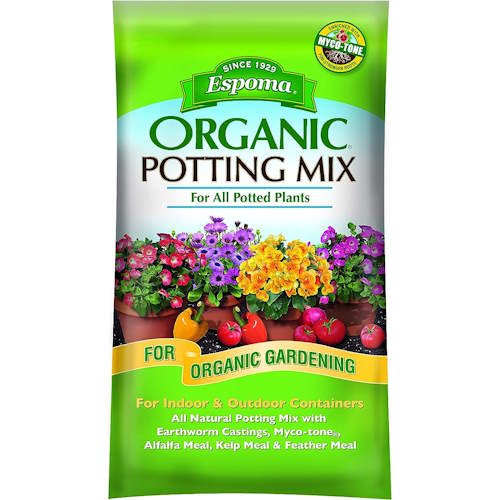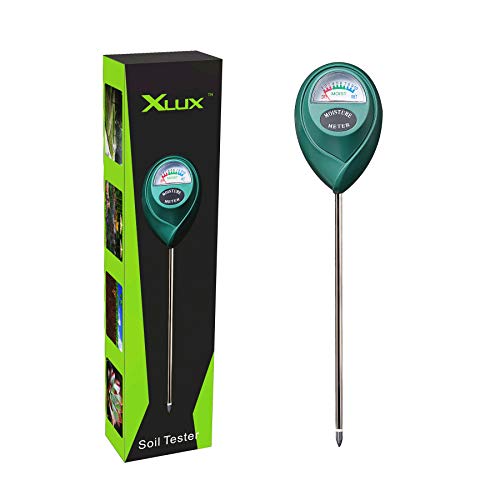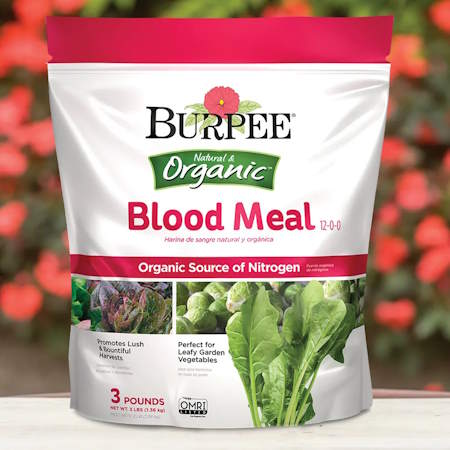Growing spinach in pots is perfect for nutritious harvests in small urban spaces – it's as simple as following these 7 expert-recommended steps
Get the fundamentals right and the reward is rich pickings, whatever your space
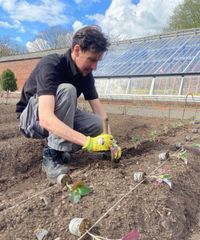
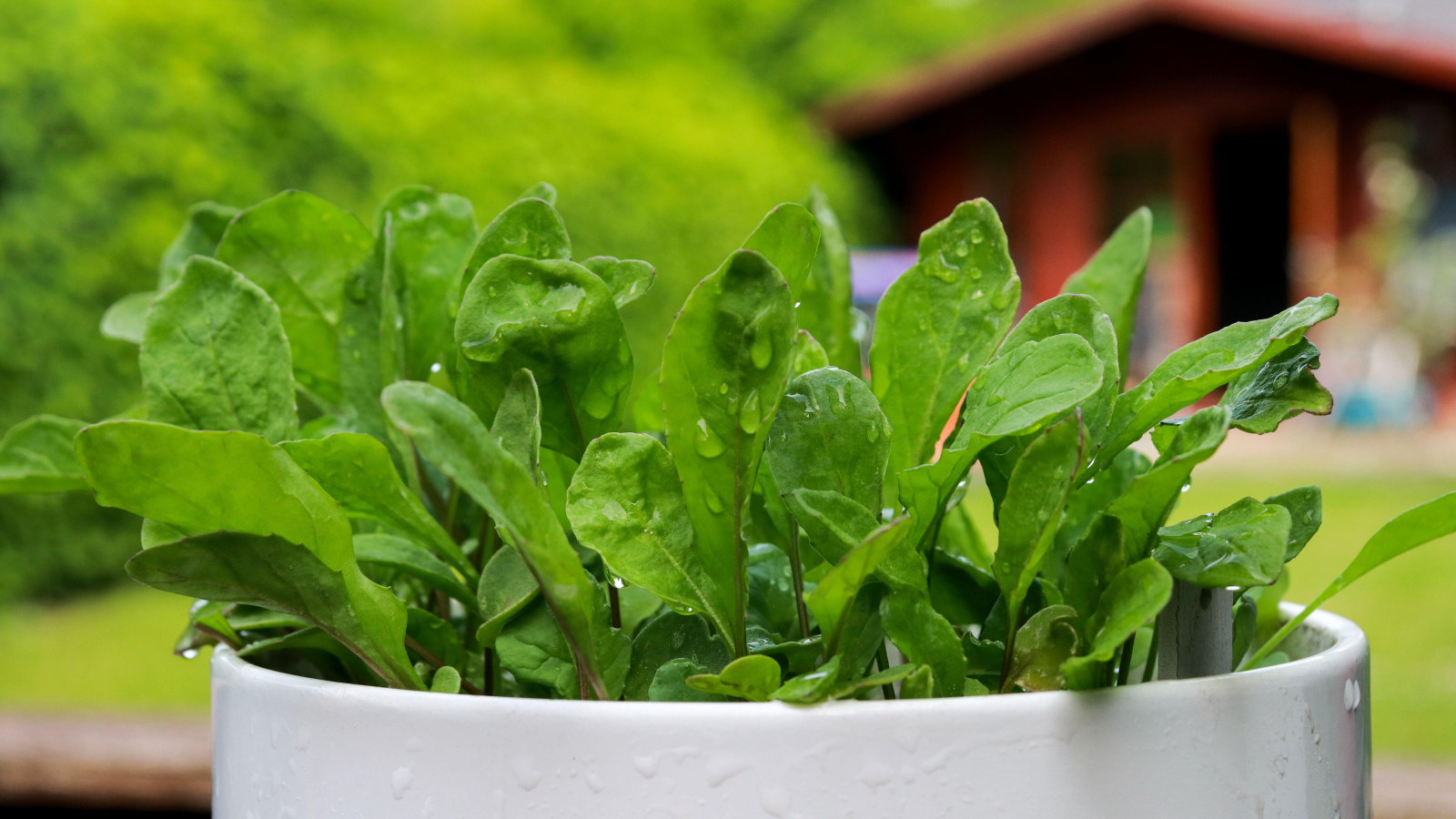
Growing spinach in pots is easy and fast, meaning you can get a healthy harvest of super-nutritious leaves from a container. It is ideal for anyone with an urban garden, as you can grow spinach in pots in a few simple steps on a deck, patio, or balcony.
For rich picking of baby leaves for salads and sandwiches, or mature leaves to cook with, success predominantly comes down to picking the right container, placing it in the best spot, and regularly watering your plants. As spinach likes to bolt when hot and dry, giving plants shade and moisture when temperatures spike is essential for the longest harvests.
I worked as a professional kitchen gardener for many years and have also grown my vegetables in pots in urban gardens and smaller spaces. Using my experience, I have highlighted seven simple steps to help you grow spinach in a pot successfully and get a fantastic harvest.
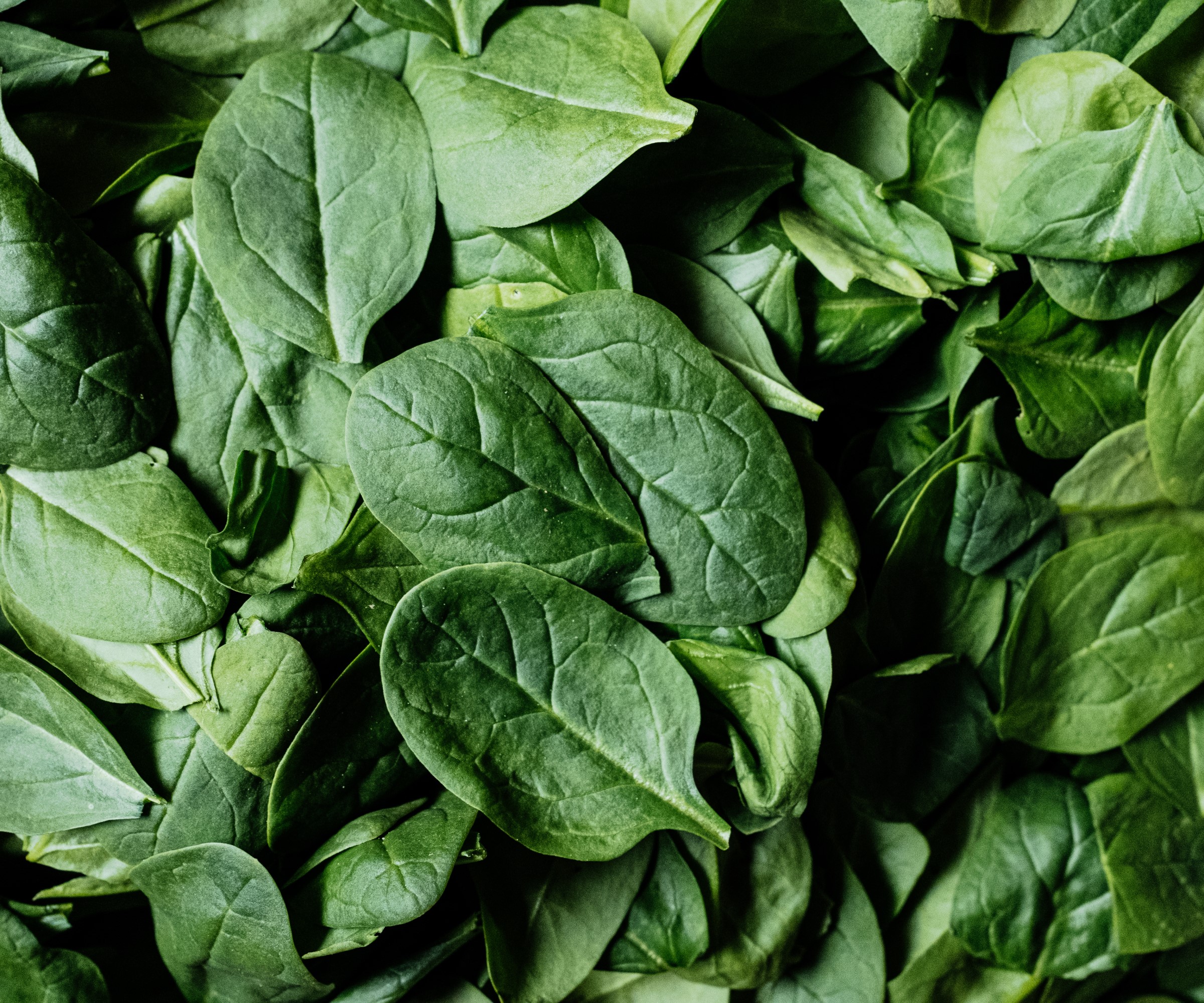
Grow spinach in pots in 7 simple steps
It is not complicated to grow spinach in a pot or a grow bag. If you have a deck, patio, balcony, or small vegetable garden, these steps will help you get rich pickings of leaves packed with nutrients, vitamins, and minerals.
1. Pick the right pot
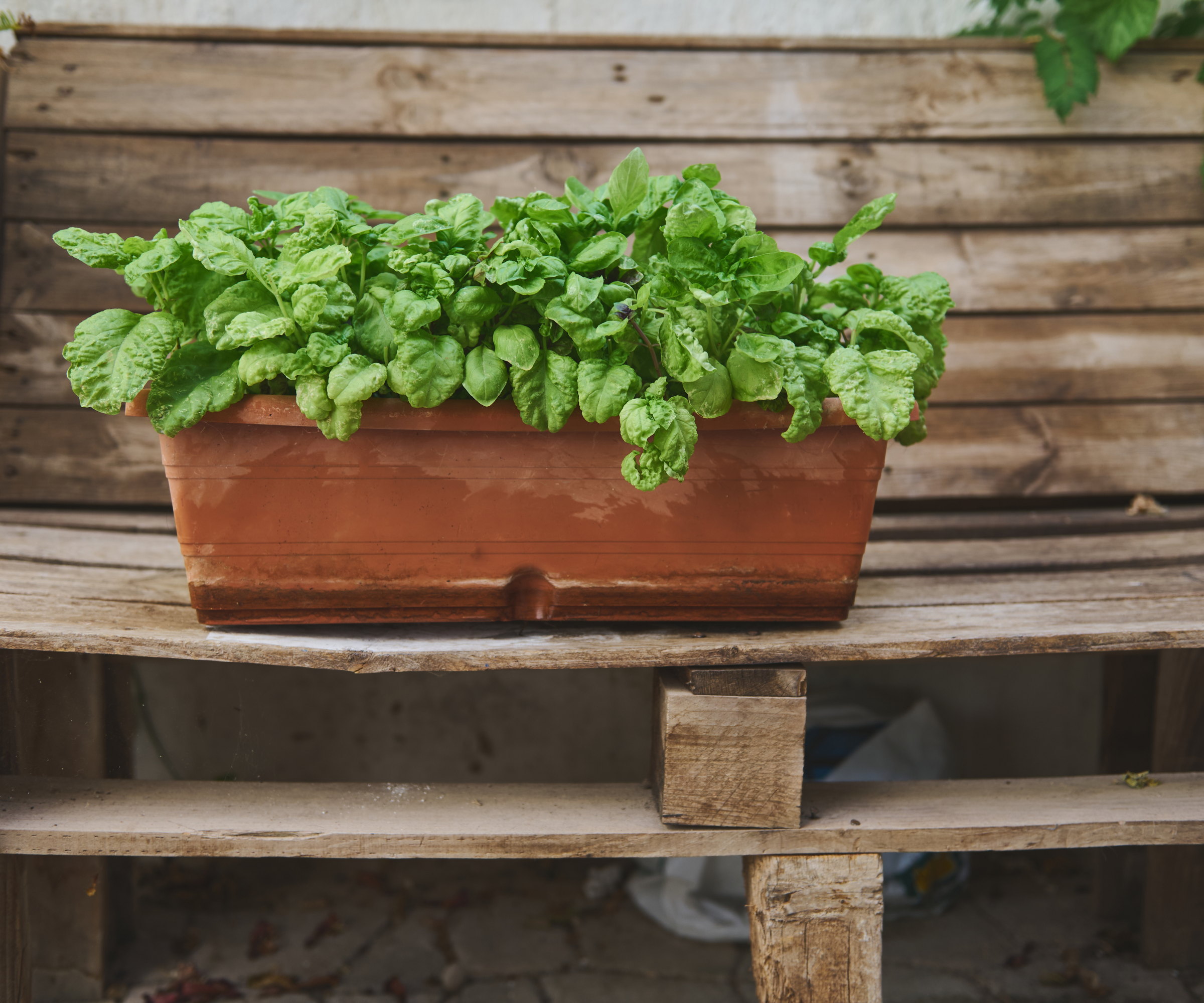
Success with spinach in pots starts with picking the right container, thankfully, there is lots of choice available.
A container can be plastic, metal, terracotta, wood, or a material grow bag, but it must be at least 12 inches deep to accommodate spinach’s tap root. Do not just stick to traditionally shaped round pots; any square container or trough 12 inches wide or more means space for multiple spinach plants and a good harvest of leaves.
No matter what container you pick, it needs drainage holes in the bottom for excess water to escape. If you go big, don’t waste money on lots of soil and fill the bottom of a large planter with permeable materials.
Design expertise in your inbox – from inspiring decorating ideas and beautiful celebrity homes to practical gardening advice and shopping round-ups.
Stick to lightweight materials like sticks, Styrofoam, old pots, or plastic milk jugs to reduce the amount of soil and the weight, as it can be beneficial to move pots when growing spinach.
2. Fill it with quality compost
Spinach wants fertile and well-draining soil, it will not be happy sitting in soggy soil for long periods. As well as drainage holes, it means picking a good quality potting soil for container gardening.
Adding a handful of homemade compost to the mix will also help to boost the soil’s moisture-holding capacity. This may come in handy during hotter weather, as spinach plants quickly bolt when the soil dries out.
Resist any temptation to reuse potting soil, which may be short of nutrients or contain pests and diseases, or use garden soil in pots. Soil from around the garden may have diseases or fungi, and is likely to be too wet and leave plants susceptible to rot.
3. Plant your spinach
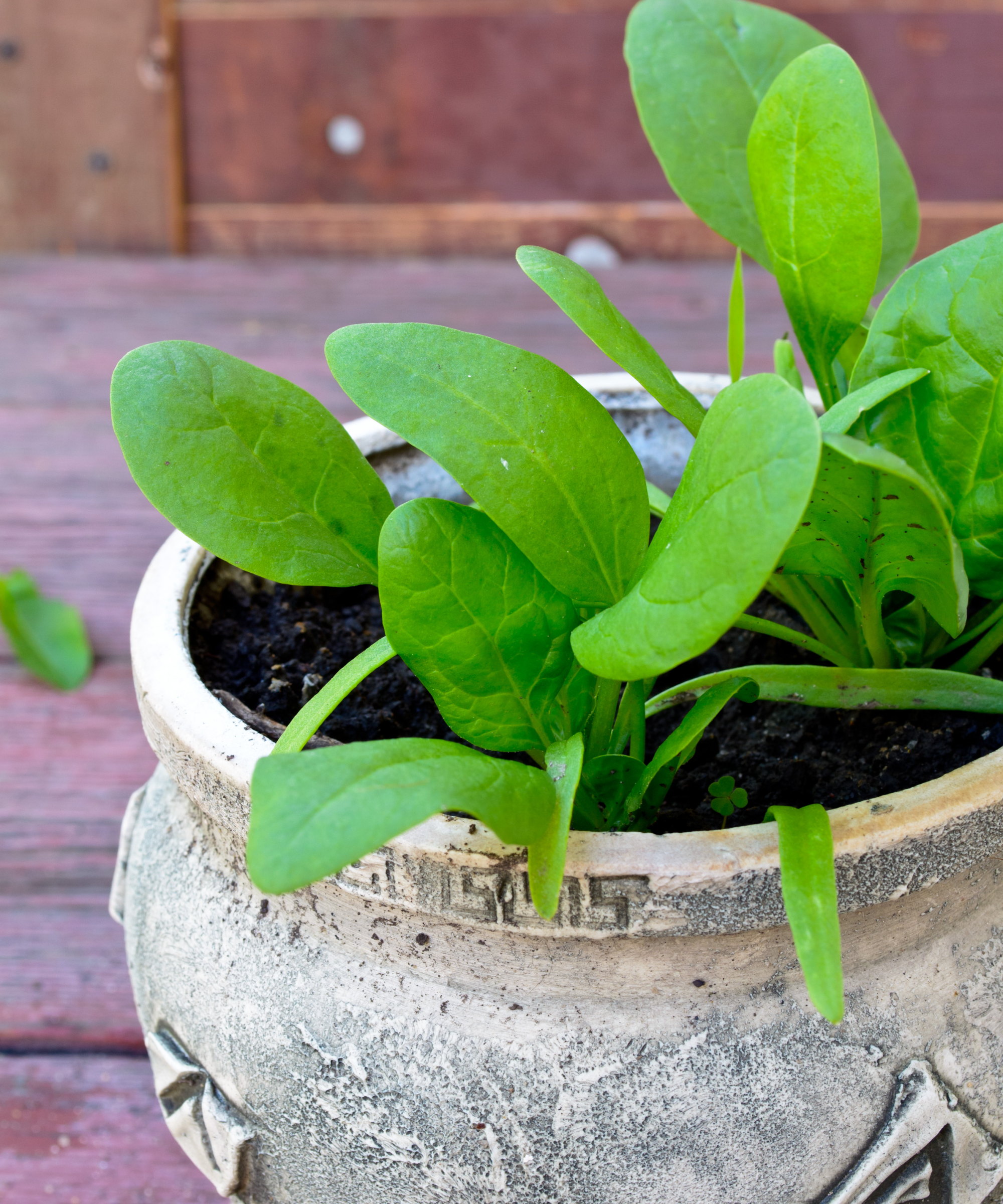
Now is the time to decide how to grow spinach in pots, and again, there are decisions to make. You can buy young spinach plants in nurseries and garden centers to plant vegetables directly into your pots.
Or you can sow seeds to grow your own plants by sowing in spring or fall. For a summer crop, sow from early spring to summer, or for a winter crop, sow in late summer or early fall.
You can sow seeds indoors and transplant seedlings into the pot when they are large enough to handle. This is only best for early in the year if you want to get ahead and have young plants to go outside once the risk of frost has passed.
The alternative, and potentially the easiest way to grow spinach in pots, is to sow seeds outdoors directly into the container. Sow seeds a half-inch deep and 1-2 inches apart. Keep the soil moist, and the seeds should germinate in under two weeks.
Thin the seedlings when they are large enough to handle, to at least three inches between plants. That is the same spacing if you have purchased young plants or grown your transplants.
See the range of spinach seeds at Amazon
See the range of spinach seeds at Walmart
See the range of spinach seeds at Burpee
See the range of spinach seeds at True Leaf Market
4. Pick the right location
The ideal spot to grow spinach in pots varies depending on the season. This is where it can be beneficial to keep pots light so you can move them around the garden.
Plants growing in late spring and summer are best for a part-shade spot, particularly in warmer climates. Spinach makes a good vegetable to grow in shade in hotter regions, as the plant will otherwise bolt when temperatures peak.
Consider putting your spinach pots next to other taller crops in a vegetable container garden, where it can enjoy the shade, or moving pots away from strong sun to delay bolting and prolong the spinach harvest.
When you grow spinach in pots in early spring and fall, the plants prefer a full sun position where they can get 6-8 hours of sunlight each day.
5. Keep on top watering
Watering is important when you grow spinach in pots, potentially the most important aspect to get right. It is a fine balancing act, as spinach doesn’t like sitting too wet and will bolt when they are too dry.
Spinach plants want consistently moist soil and will benefit from regular deep watering. Check containers regularly, especially during hot periods, and use a soil moisture meter, or your fingers, to assess the moisture levels a few inches under the soil surface.
Irrigate when the top few inches of the soil are dry, and water plants in containers until excess moisture runs out of the drainage holes at the bottom. Water the soil surface and don’t soak the leaves, which makes plants susceptible to powdery mildew and other fungal diseases.
6. Feed plants if growth slows
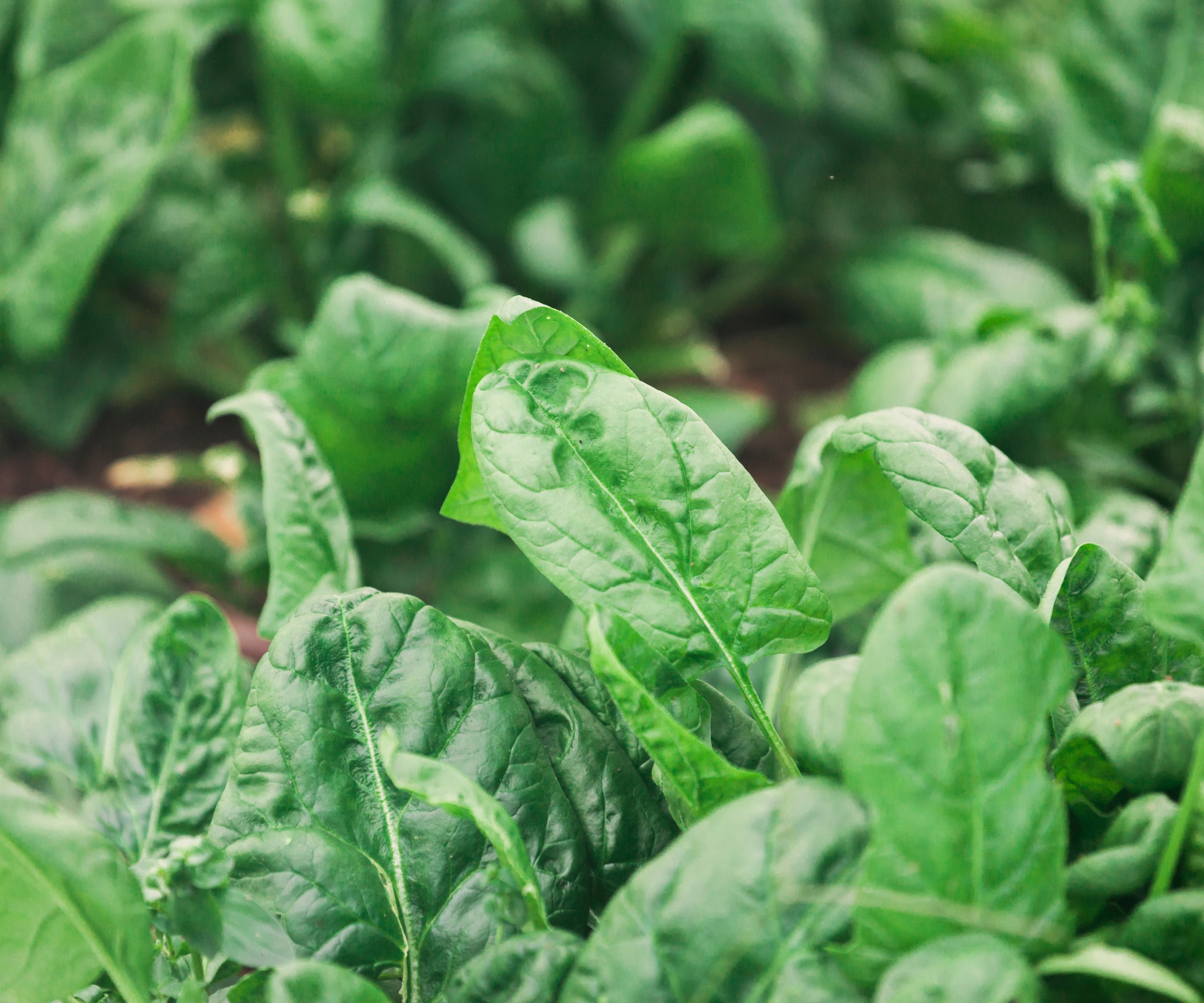
Spinach growing in quality potting soil amended with compost before planting is likely to have enough nutrients to grow through to harvest.
In the absence of compost, add a slow-release, balanced organic fertilizer, such as this vegetable plant food at Walmart, at planting time; however, check your potting mix to see if it already has fertilizer incorporated into the mix.
If the growth of the spinach slows during the season, feed plants with a nitrogen-rich fertilizer.
7. Harvest regularly
Spinach is a fast-growing vegetable and, depending on the variety, you can start harvesting baby leaves within 40 days. Baby leaves are picked when at least two inches long, while mature leaves take an extra couple of weeks and are best harvested at 4-8 inches long.
You can harvest as a cut-and-come-again crop or let the plant grow and harvest all the leaves. I would advise going for the former, and snipping the plant’s outer leaves regularly to allow the younger ones to develop for future harvests.
Even in a container garden, you can take advantage of the wonders of companion planting to keep plants healthy and preserve your harvests.
A great range of spinach companion plants, such as onions, radishes, mint, and chives, will repel pests if planted in containers nearby your spinach pots.
Adding pots of flowers like marigolds and calendula will also repel pests and attract beneficial insects that will eat those unwanted visitors.
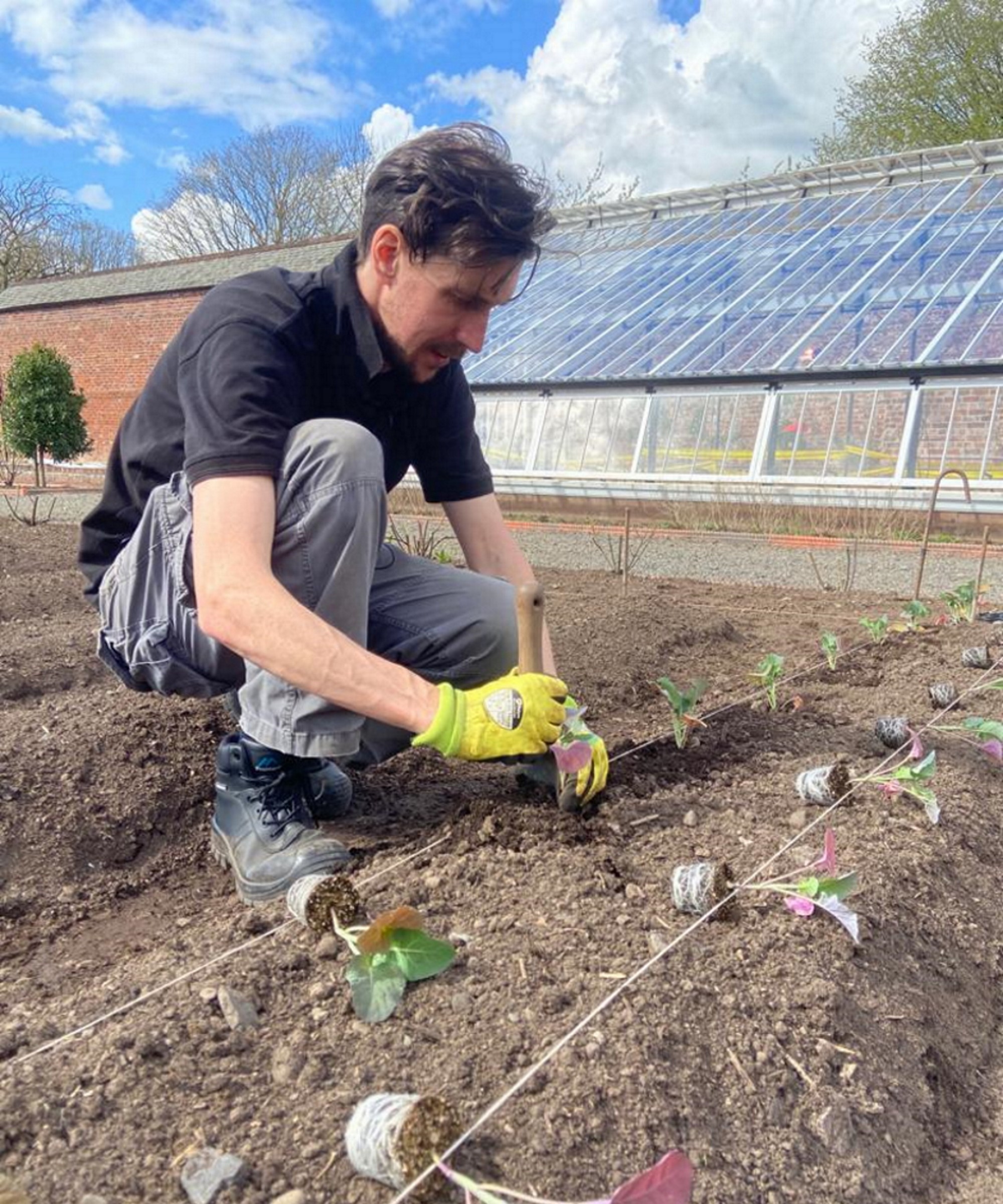
Drew has worked as a writer since 2008 and was also a professional gardener for many years. As a trained horticulturist, he worked in prestigious historic gardens, including Hanbury Hall and the world-famous Hidcote Manor Garden. He also spent time as a specialist kitchen gardener at Soho Farmhouse and Netherby Hall, where he grew vegetables, fruit, herbs, and cut flowers for restaurants. Drew has written for numerous print and online publications and is an allotment holder and garden blogger. He is shortlisted for the Digital Gardening Writer of the Year at the 2025 Garden Media Guild Awards.
